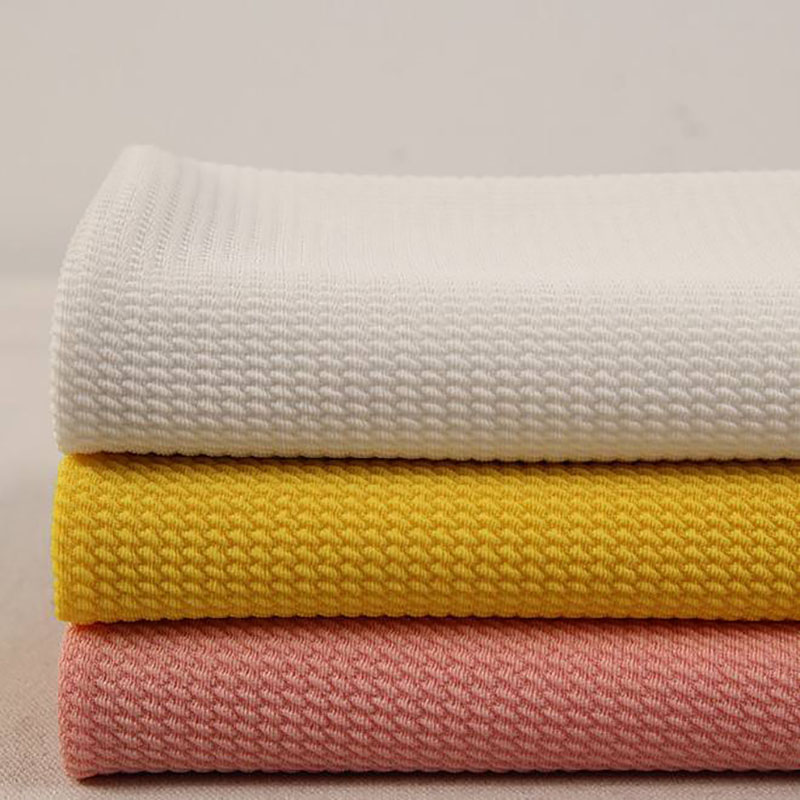
With the global emphasis on environmental protection and sustainable development, seersucker dyed fabric has gradually become a dark horse in the market. This article will explore the application and advantages of seersucker dyed fabric in environmentally friendly production and sustainable development, and show the contribution of textile technology progress to environmental protection.
The production process of seersucker dyed fabric uses new environmentally friendly dyes that are not only non-toxic and harmless, but also meet international environmental standards. This material consumes less water and energy during the production process, effectively reducing the impact on the environment. The lightweight nature of seersucker also reduces carbon emissions during transportation, reflecting a production concept that truly cares about the earth.
As consumers become more environmentally conscious, the market demand for seersucker dyed fabrics continues to rise. Designers are beginning to choose this material for product design, thus promoting the trend of sustainable fashion. Seersucker fully meets the needs of modern consumers in terms of style and function, while also contributing to environmental protection and sustainable development.
The production of seersucker is inseparable from advanced textile technologies, which not only improve the quality of materials, but also reduce resource waste in the production process. Through the application of innovative equipment and technology, seersucker dyed fabric manufacturers have successfully achieved material reuse and promoted the sustainable development of the industry.
Seersucker dyed fabric is not only an innovation in the fashion field, but also an important embodiment of environmentally friendly production. Through its environmental protection concept in color, material and production process, it is becoming a new market trend. Seizing this development opportunity can not only meet the needs of consumers, but also inject new impetus and possibilities for future sustainable development.

